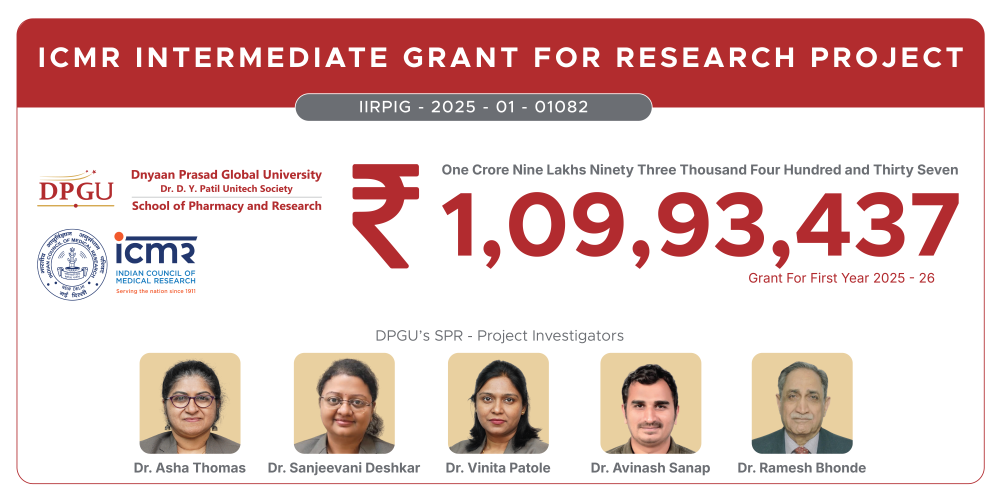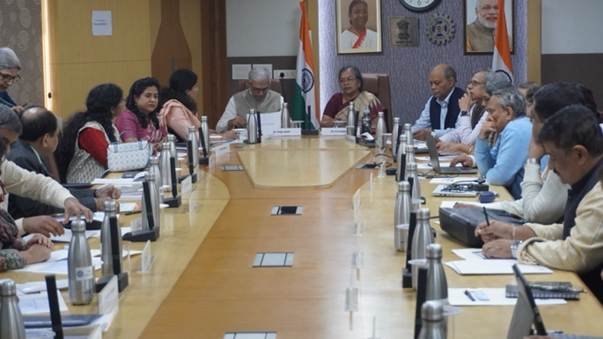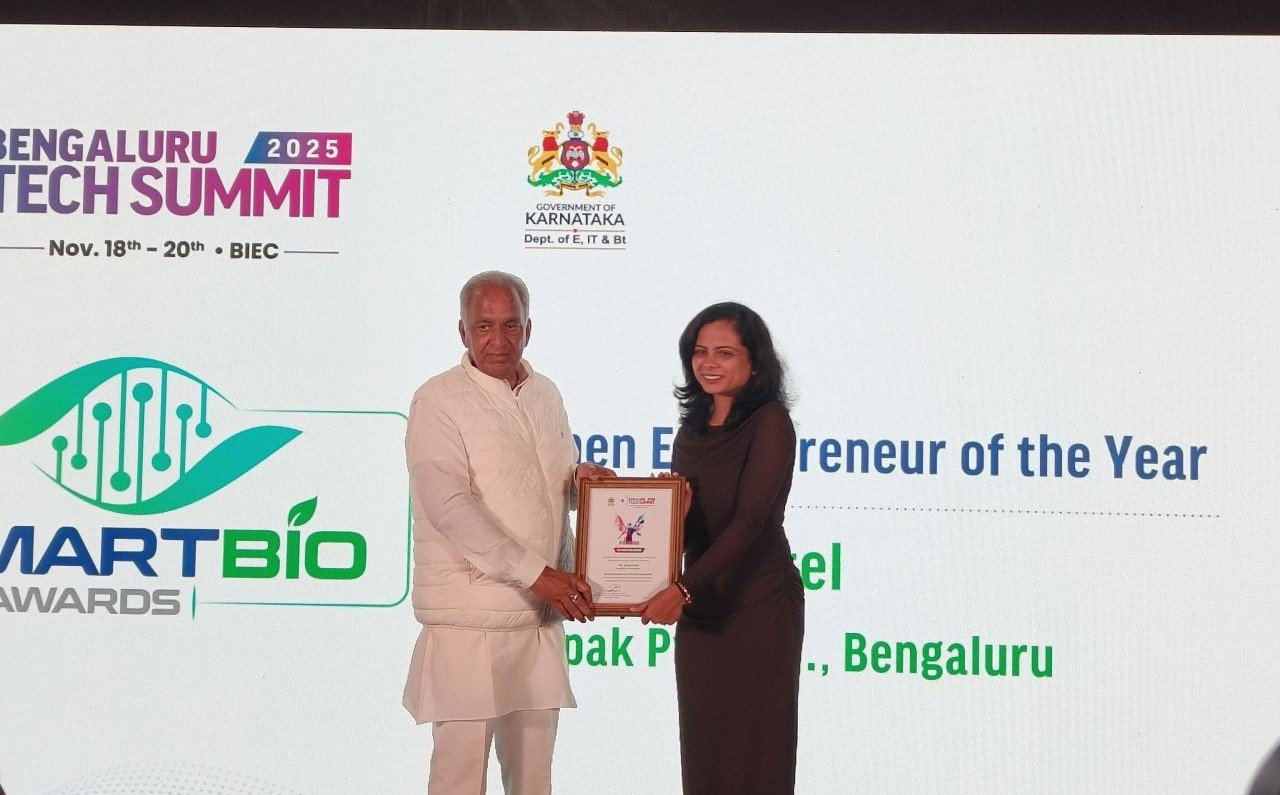The Economic Toll of Heart Disease: Why India Can’t Afford to Ignore Cardiovascular Health
November 11, 2025 | Tuesday | Views | By Dr Basavaraj Utagi, Senior Consultant- Cardiology, Fortis Hospital, Cunningham Road, Bengaluru
Indian epidemic is defined by a distinct pathophysiology that worsens its economic toll
image credit- shutterstock
Heart diseases remain a major health crisis in India in 2025, accounting for around 33% of deaths and significantly impacting the younger population. India's public health story, commonly presented as a double burden of communicable and non-communicable diseases, essentially downplays the systemic threat posed by Cardiovascular Disease (CVD) in general. In addition to a health emergency, Cardio Vascular Diseases poses as a enormous, ongoing capital drain, strategically depleting India's human capital stock and levying a structural tax on its macroeconomic potential. A closer, more technical analysis shows that the Indian epidemic is defined by a distinct pathophysiology that worsens its economic toll.
The "Asian Indian Phenotype" is characterized by a group of atherogenic traits, such as a dyslipidemia that is rich in high ApoB/ApoA1 ratios and elevated lipoprotein (a) levels, which creates a more thrombogenic and inflammatory environment than what is reflected in conventional cholesterol assessments. This genetic vulnerability, overlaid with a very high prevalence of metabolic syndrome, results in rapid endothelial dysfunction and premature, diffuse atherosclerosis. This biological fact appears as Premature Coronary Artery Disease, in which myocardial infarctions in men less than 50 years old are not exceptions but rather an epidemic trend, thus putting the economic burden squarely onto the most productive portion of the lifespan and exacerbating the resulting productivity loss.
The economic conduits of this crisis reach much deeper than shallow calculations of hospital and doctor fees. The direct expenditures are characterized by their procedural intensity, driven by high-tech procedures such as drug-eluting stents, advanced fractional flow reserve imaging, and cardiac resynchronization therapy. This "cascade of care" produces an insistent capital cost for households and the state alike, wherein each rupee spent on tertiary reactive treatment is a rupee taken from high-return preventive investment in primary care, which generates a negative feedback loop for the entire health system.
At the same time, the indirect losses are a deep depletion of human capital. Absenteeism can be seen, but the more subtle cost is presenteeism, as workers or employees with chronic heart disease experience impaired cognitive function from fatigue, medication side effects, or low-grade ischemia, resulting in diminished innovation and compromised decision-making at the firm level. Moreover, the intergenerational impact is severe; the financial catastrophe of a cardiac event often forces families to remove funds from next generation's education, creating a human capital debt that perpetuates cycles of poverty and compounds over decades.
At a macroeconomic level, this drain operates as a structural constraint to growth. Disastrous health spending reduces household savings, lowering the national rate of savings and directly constraining the available capital for domestic investment. For firms, the cost falls in the form of high health insurance costs and hidden retraining and lost institutional expertise costs. The greatest cost, though, is the net present value of future income foregone due to premature death. The loss of a productive 40-45-year-old is the economy writing off the discounted value of their future productivity for the next two decades, an enormous devaluation of the country's human capital resource.
To treat this fiscal infarction requires a technocratic paradigm shift from treatment to the creation of systemic resilience. This requires transcending superficial awareness to precision public health, utilizing India's IT strength to create risk stratification models combining genetic information and biometrics for effective, cost-reducing intervention. To fortify primary care means retooling Ayushman Bharat centres as algorithmic first responders, institutionalizing systematic CV risk scoring, and task-shifting for protocol-guided management of hypertension. Policy should also go beyond sin taxes and incorporate evidence-based Front-of-Pack Warning Labels and public procurement policies requiring heart-healthy standards in institutions, building a strong demand signal for the food industry to make reformulations.
Finally, a strategic war against CVD is a fiscal imperative. The disease is a persistent "reverse sovereign fund," draining the country's most valuable resource. An investment in a state-of-the-art, prevention-oriented cardiovascular strategy is thus, an indispensable investment in national infrastructure, without which India cannot ensure its economic sovereignty and demographic destiny.
Dr Basavaraj Utagi, Senior Consultant- Cardiology, Fortis Hospital, Cunningham Road, Bengaluru










